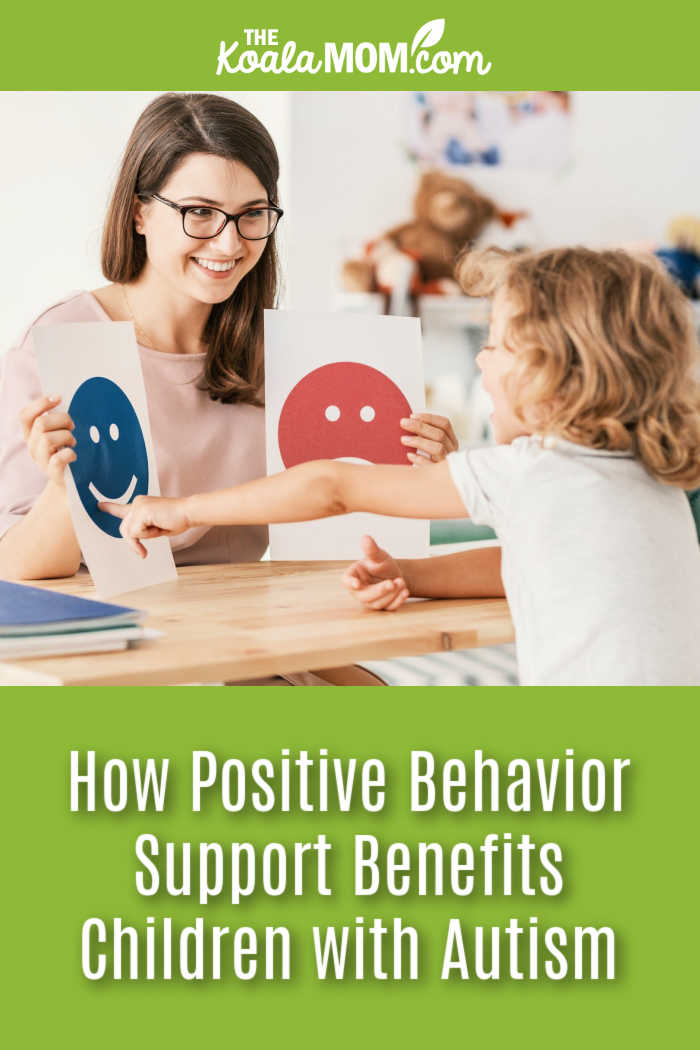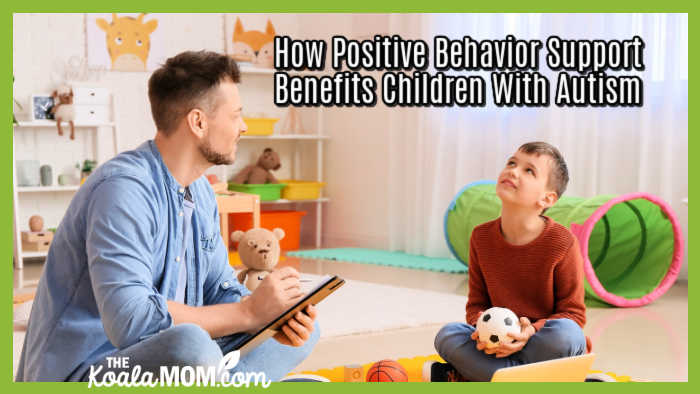A child shrinks away from a birthday party, overwhelmed by the noise. Another struggles with transitions, experiencing distress when it’s time to leave the playground. These situations are common for children with autism spectrum disorder (ASD), who often face challenges in communication, social interactions, and adapting to change. Traditional discipline methods may not work, and frustration builds for both the child and caregivers. This is where Positive Behavior Support (PBS) makes a difference.
Rather than focusing on correcting behavior through punishment or strict rules, PBS emphasizes understanding the reasons behind a child’s actions. When caregivers learn to recognize triggers and reinforce positive behaviors, children gain the tools to navigate daily life with greater ease.

How Positive Reinforcement Shapes Behavior
Behavior is communication. For children with autism, responses to overwhelming situations—whether shutting down, having trouble talking, engaging in repetitive behaviors, or displaying disruptive behavior—are often their way of expressing unmet needs. PBS addresses these behaviors through structured support systems that teach daily living skills while reinforcing positive actions.
A foundational principle of PBS is positive reinforcement, which rewards desirable behaviors to encourage their repetition. Studies have shown that reinforcing behaviors with meaningful incentives, such as praise, preferred activities, or tangible rewards, increases the likelihood of long-term behavioral improvement. For example, a child who struggles with waiting in line might receive a sticker or extra playtime after successfully practicing patience.
The key is using a structured approach to tailor reinforcement strategies to the individual in therapy sessions and at home. What works for one may not work for another, making it essential to identify personal motivators. The process requires observation, consistency, and adjustments to match the child’s evolving needs. Research suggests that individualized reinforcement plans, a common component of positive behavior support interventions, can be effective in increasing engagement and self-regulation in some children with ASD.
Building Supportive Environments
A child’s environment significantly influences behavior. When caregivers proactively create structured, predictable settings, autistic children feel safer and more in control. This includes minimizing sensory triggers, providing clear routines, and offering choices to increase a child’s sense of autonomy.
Behavioral therapists emphasize that stability and consistency are essential in therapy for children who experience emotional and behavioral challenges. The same principle applies to PBS. Simple changes, such as visual schedules, transition warnings, and sensory-friendly spaces, help children with autism manage expectations and reduce anxiety.
For example, if a child resists bedtime, introducing a step-by-step nighttime routine—using pictures or a timer—can ease the transition. When a child knows what to expect, resistance decreases, and cooperation improves. For children with developmental differences, structured routines are often recommended to support mental health, emotional regulation, social adaptation, and overall quality of life.
Strengthening Social and Emotional Skills
Children with autism often find social interactions challenging. They may have difficulty with effective communication, interpreting body language, responding to social cues, or initiating conversations. PBS integrates social skill development into daily activities through modeling, role-playing, and structured interactions.
For instance, if a child struggles with turn-taking, a parent or teacher might first model the behavior, then use a reward system to encourage participation. Peer-mediated interventions—where children practice social exchanges in educational settings—have shown positive results in fostering communication and cooperative play.
Emotional regulation is another focus of PBS. Teaching children alternative ways to express frustration—such as using visual emotion charts or engaging in calming activities—helps them develop self-control and adaptive behavior. Research on interventions for children with autism has indicated potential benefits in areas such as stress management and skills in children related to social interactions.
Implementing Positive Behavior Support at Home
Parents and caregivers play a pivotal role in PBS. Effective strategies start with consistency and patience. Here are some actionable steps to integrate PBS into daily routines:
- Identify triggers: Observe patterns in behavior to recognize what leads to distress.
- Use visual supports: Picture schedules, timers, and cue cards can ease transitions and expectations.
- Reinforce positive behaviors: Celebrate small victories with meaningful rewards tailored to the child’s interests.
- Teach replacement behaviors: Encourage communication skills by promoting alternative ways to express needs, such as using words, gestures, or communication devices.
- Practice patience and consistency: Behavioral change takes time, and progress may come in small steps. Maintaining a predictable response reinforces stability.
A well-structured Positive Behavior Support plan not only helps reduce challenging behavior but also fosters an environment where children feel secure and understood. When caregivers consistently apply these strategies, they create opportunities for meaningful growth, leading to positive outcomes in communication, social interactions, and emotional regulation.

The Long-Term Impact of Positive Behavior Support
When children with autism receive consistent and compassionate behavioral support, they build abilities that extend beyond childhood. They learn essential skills to cope with sensory overload, interact with peers, and navigate daily routines with confidence. PBS does not seek to change a child’s personality but rather equips them with strategies to thrive in their own way.
The success of PBS lies in its adaptability. As each child grows and their needs evolve, the treatment plan adjusts accordingly, ensuring that support remains relevant and effective.
Behavior is not about control—it’s about communication, growth, and understanding. Positive Behavior Support offers a way forward, helping children with autism develop skills that empower them to lead fulfilling lives on their own terms.

No Responses Yet